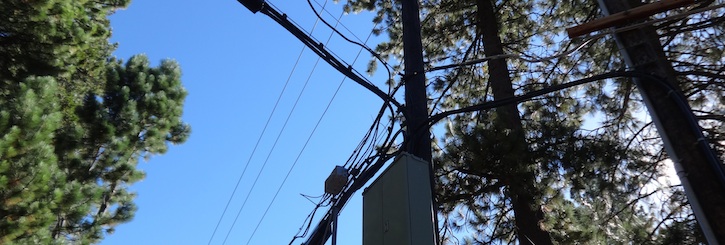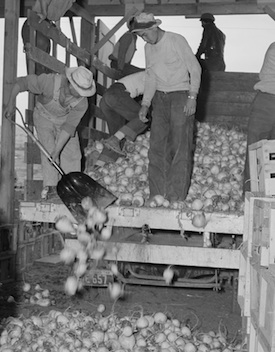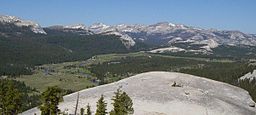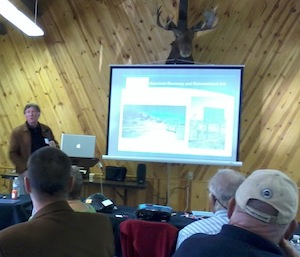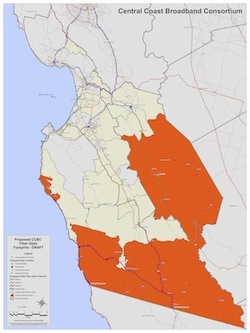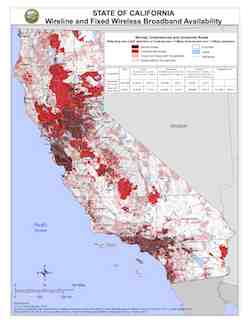Low USDA broadband grant standards dig a deeper digital divide
![By Erin Whittaker, U.S. National Park Service (Grand Canyon National Park facebook page) [Public domain], via Wikimedia Commons](https://www.tellusventure.com/blog/images/2014/12/grand_canyon_in_fog.jpg)
Rural broadband projects have another shot at getting funding from the U.S. department of agriculture. The rural utilities service (RUS) has opened another grant application window for its Community Connect program (h/t to Tom Glegola at CPUC for the heads up).
The key eligibility parameters are…
- The project must be in an area “where Broadband Service does not currently exist”. That’s defined as a combined – down plus up – speed of 3 Mbps. For example, if there’s service available at 1.5 Mbps up and 1.5 Mbps down, fixed or mobile, then the area isn’t eligible for a grant.

